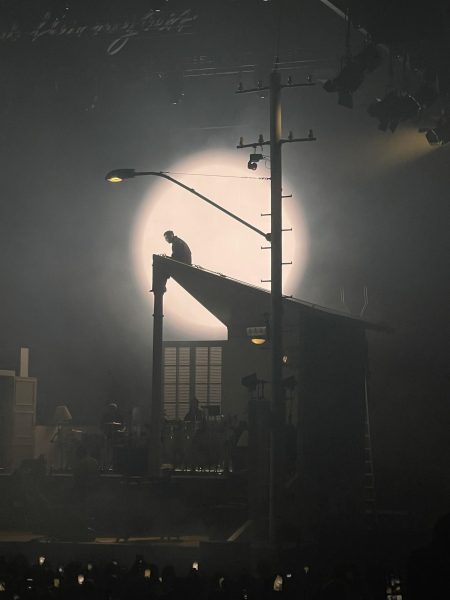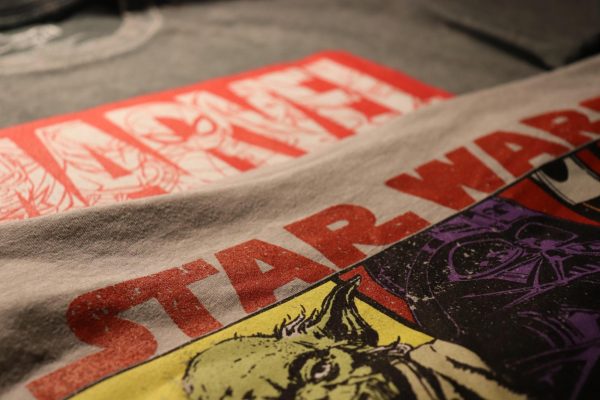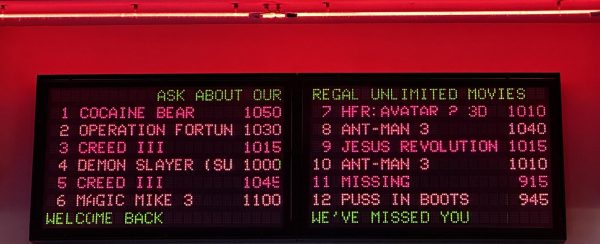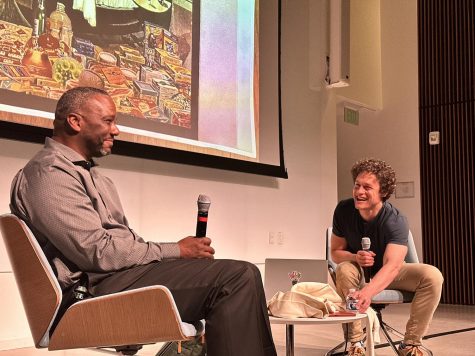Why you should savor the only Ramen Western, “Tampopo”
One of the first vignettes in Tampopo (1985) opens on a student of ramen-eating and his master, who studied the art of noodles for forty years. The student asks him about the proper way to eat ramen, and the master knows just what to tell him.
“First, observe the whole bowl,” he says. “Appreciate its gestalt. Savor the aromas. Jewels of fat glittering on the surface. Shinachiku roots shining. Seaweed slowly sinking. Spring onions floating. Concentrate on the three pork slices. They play the key role but stay modestly hidden.”
Tampopo, in a way, is structured like a bowl of ramen. Gestalt? The whole film. Aromas? That excited, warm feeling you get while watching. Glistening fat jewels? The elements of the Western spread throughout, with some tropes more apparent than others. Shining shinachiku roots? Glowing performances by Ken Watanabe and Nobuko Miyamoto. Seaweed and spring onions? The various episodes interspersed throughout the narrative. And those key pork slices? The theme of this visual meal: we can form a community when we share core values while embracing each other’s unique experiences.
Written and directed by Juzo Itami, Tampopo takes great care to savor food and celebrate the community that forms around it. The film follows Gorō, a truck driver who stops at a subpar roadside noodle spot run by single mother Tampopo, who asks him to help turn her into the world’s greatest ramen chef. Gorō and Tampopo assemble a motley crew of truck drivers, workers, and wayfarers to elevate her business to the epitome of the art of noodle-making. Smaller vignettes that take place in different cinematic worlds are also scattered throughout the main narrative, with each highlighting the relationship between food and love. As film critic Roger Ebert once said, “Tampopo is one of those utterly original movies that exists in no known category.” Is it a comedy? A romance? Food porn?
When Tampopo first came out, it was marketed as “the first Ramen Western,” a response to the “Spaghetti Westerns” of the 1960s, which were a popular subgenre of Westerns produced in Italy but set in the Old American West. The subject and the genre seem mismatched at first, but Tampopo craftily fuses them to make a nuanced point about how strong community can be formed by embracing one another’s differences while working towards a shared goal.
Gorō and Tampopo bring their ragtag team together to craft the perfect noodle dish, and every vignette explores how people behave socially around a meal. But just as ramen serves as the great unifier of community in Tampopo, it is also a dish built upon centuries of modification and collaboration. Japanese regional ramen is actually Chinese in origin, born when the Chinese wheat noodle dish was brought to Japan in the mid-19th century and fused with Japanese cuisine. Although heavily associated with Japanese tradition, the ramen dish is a celebration of change and difference, with each region now possessing its own style that reflects local tastes.
Tampopo’s team works as a group to create something wonderful and emblematic of themselves, much like how ramen has become a dish that represents individual regions and choices while maintaining a collective history of creativity.
But why, then, does the film express these ideas through the Western? On the surface, it’s easy to think of Western films as paragons of Americana, complete with stunning vistas of the western frontier, where freedom, hard work, and grit are glamorized, usually by some red-blooded cowboy figure. I mean, when we think of John Wayne, the national anthem practically plays in our heads. The Western film has chronicled the way our country has seen itself since the dawn of the American film industry, becoming a key part of the mythos of the Land of Liberty.
Indeed, above all else, the Western glorifies individualism. The cowboy governs himself; he must master the wilderness by his lonesome.
But the Western is also more complicated than that. The genre has expanded across other countries and categories, creating myriad subgenres. The most famous are the extra-violent Spaghetti Westerns created in Italy in the 1960s and 70s, but there are also space westerns like Star Wars (1977), post-apocalyptic westerns like Mad Max (1979), and revisionist westerns like Butch Cassidy and the Sundance Kid (1969) or Django Unchained (2012). Don’t forget Greek, Dacoit, Australian, Floridian, fantasy, blaxploitation, comedy, acid, epic, hybrid, martial arts, science fiction, musical, ramen… all adjectives for Western subgenres.
Each type of Western harkens back to tropes carried throughout the genre. Like any classic Western, Tampopo emphasizes the harshness of the environment. Tampopo’s business is struggling, her customers harass her, older boys harass her son, and rain and hunger make it difficult for Gorō and Gun to finish their trip. Not to mention, the opening scene starts with a man yelling straight into the camera, criticizing our watching habits. There’s no Clint Eastwood-esque gunfight, but showdowns between Tampopo and the other restaurant vendors take place over ramen counters instead of saloon bars. And of course, justice is restored as the community around the restaurant atones for their “sins” by helping Tampopo revamp her restaurant, bringing order and joy to the noodle frontier.
And yet, Tampopo‘s subversion of the Western is more interesting. Aside from Gorō’s cowboy hat, the film is not very American, using Japanese cultural vehicles like ramen to express its themes. Perhaps most importantly, this Western champions the community overcoming strife by working together—not the triumph of rugged individualism.
But that subversion is precisely the point. As different regions do to the ramen dish, different regions change the Western, using the same familiar tropes to express different cultural values and sensibilities. Both Westerns and ramen are mainly emblematic of one place but have blossomed into symbols of their creators’ influences. And these films, like food, become something we can bond over, share, and enjoy.










